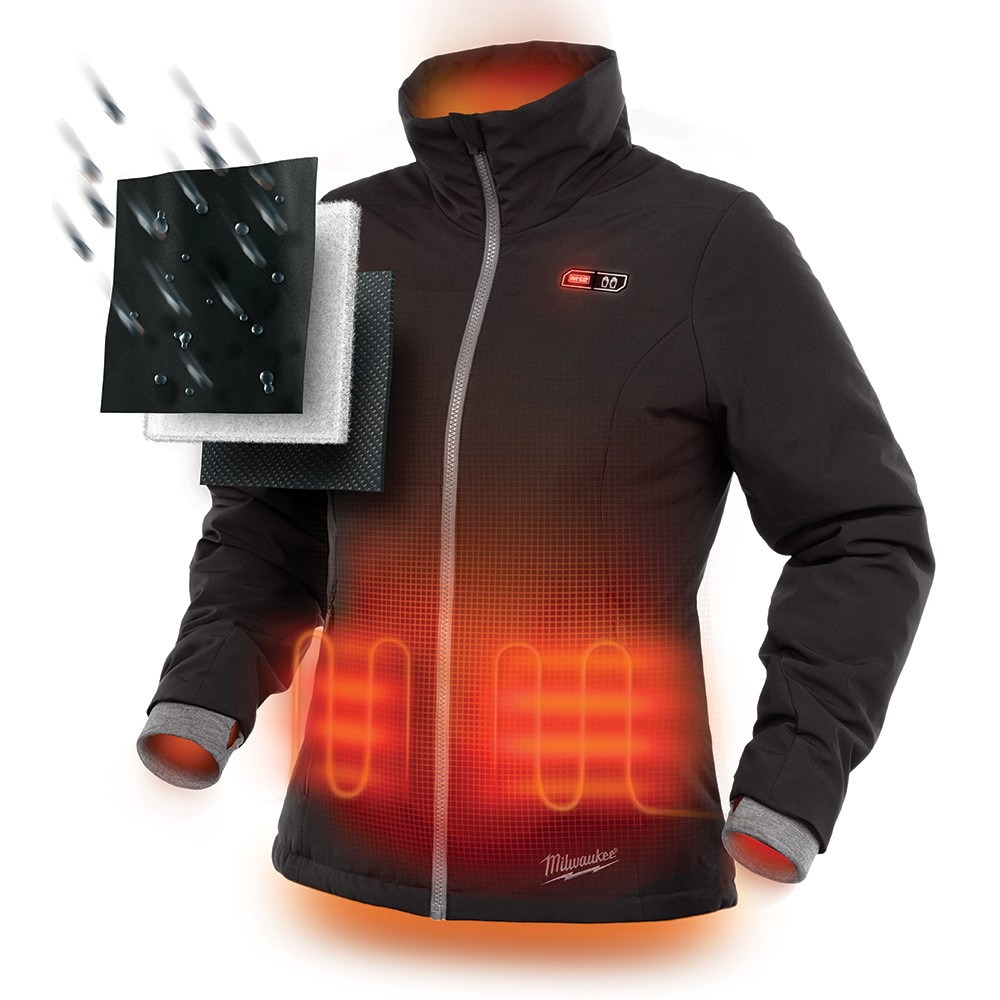The demand for clothing that is heated is expanding quickly, particularly when the outdoor industry is prepping for winter. It’s not easy to decide which size jacket or vest will suit your requirements. Here is a guide to help you select the most appropriate size based on your needs.
1. Size of the Jacket and Fit
Although sizing varies by retailer, your jacket has to be sized correctly so that the elements of heat inside are able to work. Always check out the manufacturer’s website for the sizes charts. If you’re not certain what size to order then go with a smaller.
Be aware that some jackets are built more for style than warmth. They typically offer not as insulated as more robust winter cycling gear. It is worth looking into a more professional winter cycling jacket you feel your current jacket is not performing very well in colder conditions.
2. Thermal layers
Most heated jackets require inclusion of an additional layer underneath to help insulate your body from the elements of heat inside. Thinsulate is a popular choice to cover these layers. It is lightweight and can hold heat effectively. This layer is recommended to be worn against your skin to avoid it from being rubbed against the surface of the jacket. If you’re thinking of buying a heated jacket that does not include an extra layer for warmth, remember that extra layers may be needed.

3. The time for charging and battery life
Each of the jackets listed in the table above are supplied with chargers and a battery pack. Certain batteries are fully charged in less than two hours, while others need eight. Of course, the greater the number of heat elements that your jacket is equipped with the more time it’ll take to charge. However, if you ever find yourself stuck somewhere without the ability to plug in your charger, you can try an external battery pack to improve the battery’s performance.
Take note of the battery life estimates for each jacketso that you are aware of the length of time you will stay warm and comfortable before charging or switching out batteries. Make sure to choose jackets that use Lithium-ion batteries if possible. They are more likely to last longer than other types of batteries.
4. Heating Levels
The majority of the jackets that we’ve looked at have both low and high heating settings. If you only plan to stay out for a short time and want to save power then the lower setting is more than enough. If you are planning to ride at higher speeds or commute for a long duration, the higher setting is suggested.
5. Comfort Controls
Many jackets have a built-in remote control, however it is important to control the heat that your jacket’s output is. When you travel from a hot area to a cold one, the jacket won’t make you shiver immediately after you switch it off. Every heated jacket should have temperature control.
6. Battery Life Indicator
Just like your car’s gas tank, it can be a nightmare when your battery fails just as you’re about to return home. This is preventable by ensuring that your battery is charged to capacity and making sure you check the battery indicator prior to you start your bicycle ride. Some jackets will even tell you how long the battery will last depending on the heat level you have selected to ensure you don’t be stuck in the cold with no warning.
7. Fit & Style
Keep in mind the purpose of your heated jacket. If you are only planning on wearing it to stay warm while out in the elements If you are looking for a looser cut, a looser cut should be well. If however, you’re looking for something that is more versatile and could be used as part of your everyday wardrobe, you will probably choose a more tailored jacket.
For more information, click men’s heated jacket